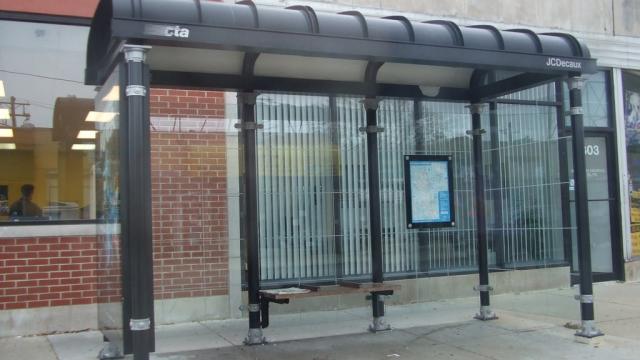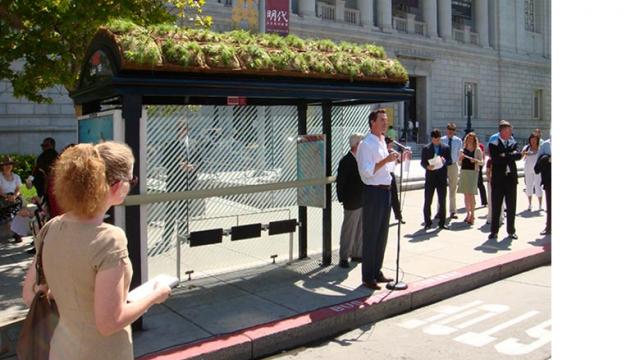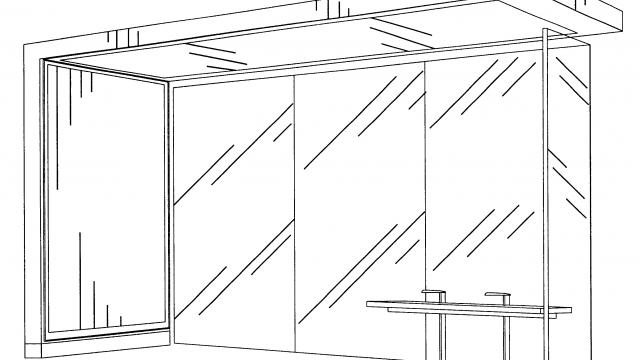The bus shelter project is a project to show the needs and wants of a bus shelter. by creating a shelter I need to put everyone perspective into one and challenge myself in creating a shelter to accommodate different people. from athletes to handicap, from businessman to students. everyone has a need and they will be presented in the shelter. energy is very important, which means the bus shelter will be energy efficient.
nacho's work for the Collect Information step:
Summary
My bus shelter will be modern and comfortable. I'm also thinking of making it smart and efficient. The shelter should be used by every single person.
The seating of the shelter should be really comfortable. people waiting for the transportation can...
Solar panels are useful if i'm planning to make my shelter smart. I want to have TV's and...
My shelter should have windows that can protect you from the sun. having the sun right in front of...
Having a smart shelter can be entertaining and interactive. this can also help people learn a lot...
The location is also important. when a group of people are in one location waiting for a bus and...
nacho's work for the Brainstorm Ideas step:
Summary
My bus shelter will be efficient and will accommodate a good amount of people. I will think of the different locations that would be required to have a bus shelter.
These are some of the good location that a bus shelter might be necessary to make students more...
The Doors of my shelter will be both regular and a sliding door. The regular door is to be use by...
In the back of my shelter I made a curved wall that allows me to place more seating. With this...
I will have a solar panel on my roof to obtain the energy needed to power all the electric...
On the back of the shelter i will have 5 small wind mills to add more energy to the shelter. There...
nacho's work for the Develop Solutions step:
Summary
In developing solutions I will start creating the bus shelter. This is not the final product but it's the firsts drafts of my shelter.
In here I'm adding a curve wall on the back of my shelter to create more space for benches....
The window on each side are also glass. This window has an opening of 1-1/2 in on top and on the...
nacho's work for the Final Design step:
Summary
In my final tap I will show the different amenities that my bus stop has in it. These amenities are to make the public more comfortable and show the different ways that my bus is Eco friendly.
I placed 4 benches in my bus shelter, every bench has 3 seats which in total it will have 12 seats...
Placing solar panels and mini wind mills makes the bus shelter Eco-friendly and also gives plenty...
The bus shelter also has 2 spots for handicap people. The shelter has to be available to all users...
On one side of the bus shelter I have a garbage can to keep the bus shelter clean and also keep the...
In the winter the people using the bus shelter will be cold. This is why i placed electric heater...
The bus tracker is a device very important in the shelter. This will let people know when the bus...
T.V is a form of entertaining while waiting for the bus.A lot of the users in this shelter will be...
























Comments
Nice explanation for the Bus Shelters necessity. But, you need to check your grammar. Grade 17